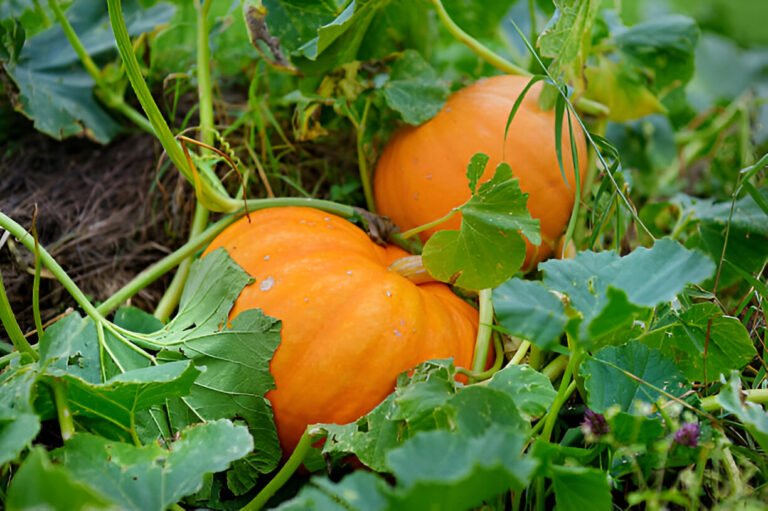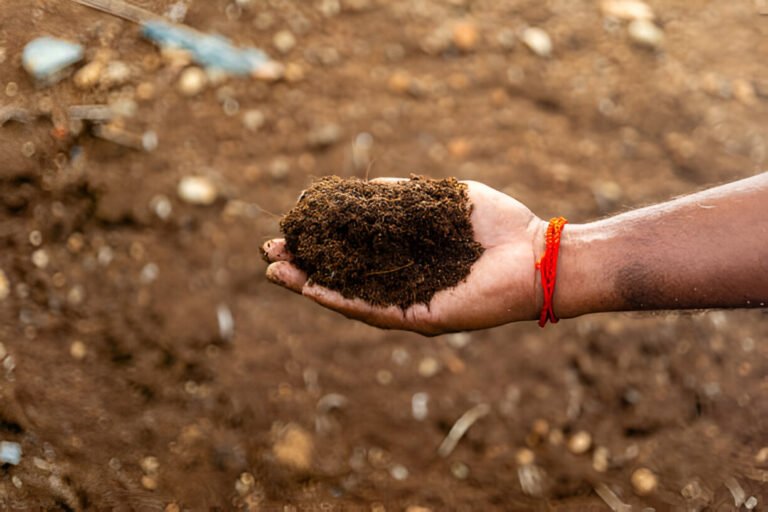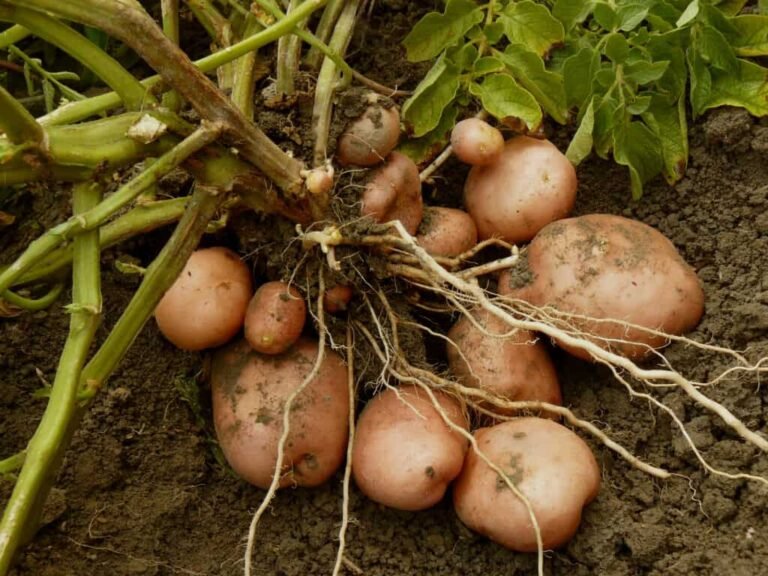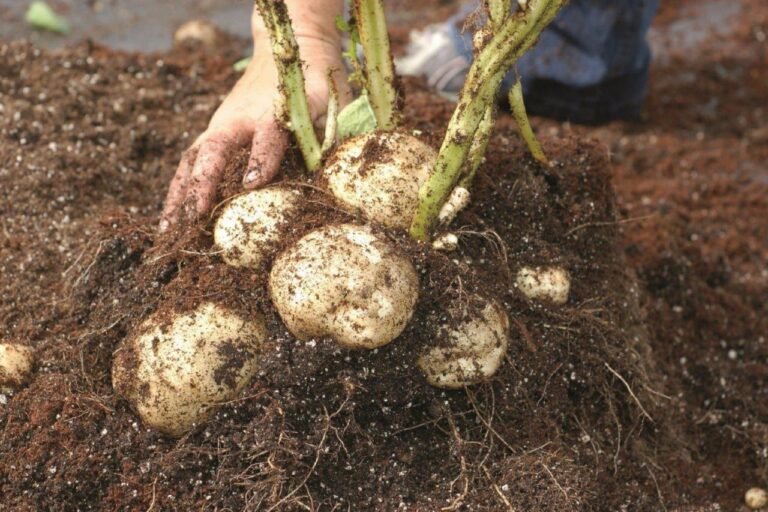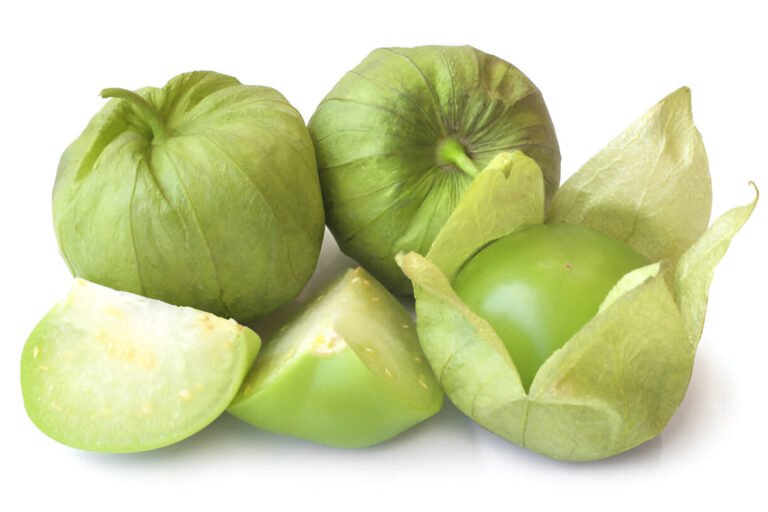Mixing Mulch and Gravel: What Happens and When It Makes Sense
Gardening and landscaping are like cooking. You mix ingredients, test combinations, and discover what suits your space best. Mulch and gravel are two of the most common materials for covering the ground, but can you actually mix them?
Is it a recipe for success or just a mess waiting to happen? Let’s dig into what happens when you blend these two elements and when it actually makes sense to do so.
What Happens When You Mix Mulch and Gravel?
At first glance, mulch and gravel seem like an odd couple. One is organic and soft, breaking down over time, while the other is solid and long-lasting. Mixing them together can lead to both benefits and drawbacks, depending on how and where you use them. Here’s what you can expect:
The Good Stuff: Benefits of Mixing Mulch and Gravel
- Enhanced Drainage – Gravel builds a strong base that stops water from pooling. Mulch holds moisture, keeping plants content.
- Weed Suppression – A combined layer of mulch and gravel makes it harder for weeds to push through.
- Unique Aesthetic Appeal – This mix creates texture and contrast, making the landscape visually interesting.
- Soil Protection – Mulch breaks down and enriches the soil under the gravel. This helps improve long-term soil health.
The Bad Stuff: Potential Drawbacks
- Messy Over Time – Mulch decomposes, and bits of it can get caught in the gravel, making it hard to clean up.
- Unwanted Mixing – If mulch isn’t layered right, it can mix with gravel. This causes an uneven and unattractive surface.
- Maintenance Challenges – Raking or refreshing these materials can be tough when they mix together.
When Does Mixing Mulch and Gravel Make Sense?
Mulch and gravel may seem like an odd pair, but they can work well together in certain situations. Here’s when you should consider it:
1. Creating Natural Pathways
Using mulch on top of gravel can soften a walking path, reducing dust and adding a rustic feel. It also helps with noise reduction—gravel crunches underfoot, but mulch dampens the sound.
2. Improving Drainage Around Plants
For plants that prefer well-drained soil, add gravel under mulch. This prevents root rot and keeps moisture.
3. Preventing Soil Erosion
Gravel acts as an anchor, preventing mulch from washing away in heavy rain. This works especially well on sloped areas or around drainage ditches.
4. Enhancing Garden Beds with Borders
Want a cleaner look? Use gravel as a border around mulch beds to define spaces and keep things tidy. The gravel prevents mulch from spilling onto walkways or into unwanted areas.
The Best Way to Combine Mulch and Gravel
If you’re ready to mix mulch and gravel, here’s how to do it right:
| Step | What to Do | Why It Matters |
| 1. Prepare the Area | Clear the space, level the ground, and remove weeds. | Prevents unwanted plant growth and uneven settling. |
| 2. Lay a Weed Barrier | Use landscape fabric to separate layers if needed. | Helps keep mulch and gravel from fully blending. |
| 3. Start with Gravel | Create a solid base with a few inches of gravel. | Improves drainage and provides stability. |
| 4. Add Mulch on Top | Layer mulch over gravel, keeping it 2-3 inches deep. | Retains moisture and enhances appearance. |
| 5. Maintain as Needed | Refresh mulch yearly and rake gravel occasionally. | Keeps the mix looking neat and functioning well. |
Choosing the Right Areas for Mulch and Gravel
When deciding where to mix mulch and gravel, placement is key. Each material offers unique benefits. Using them wisely helps create a balanced and functional garden. Mulch is great for plants and flower beds. It helps keep moisture in, control soil temperature, and stop weeds from growing. Gravel is great for busy spots like pathways, patios, and driveways. It offers stability and drains well.
Ideal Uses for Mulch and Gravel
| Material | Best Uses | Key Benefits |
| Mulch | Around flower beds, vegetable gardens, and tree bases | Retains moisture, insulates roots, and improves soil health |
| Gravel | Pathways, driveways, and drainage zones | Enhances drainage, prevents soil erosion, and reduces mud |
Combining these materials can showcase their strengths, making your garden beautiful and functional. For instance, edging a mulched flower bed with gravel can prevent mulch from washing away while defining the space. Mulch and gravel can improve the beauty and function of your outdoor area. When placed carefully, they work well together.
| Read: Is Coconut a Good Mulch? |
When to Avoid Mixing Mulch and Gravel
While this combo works in some cases, there are times when it’s better to keep them separate:
- In High-Traffic Areas – Footsteps can kick mulch into the gravel, making maintenance a headache.
- For Long-Term Mulch Use – If you want to replenish mulch regularly, mixing it with gravel can complicate the process.
- Around Delicate Plants – Some plants like a steady environment. Mixing materials can change soil conditions too much.
Final Thoughts
Mixing mulch and gravel may not suit every garden. However, when done right, it can greatly improve drainage, control weeds, and enhance appearance. Like any landscaping decision, it depends on your goals and maintenance preferences. Start small if you want to try this combination. Watch how it changes your space before fully committing. After all, gardening is all about trial, error, and learning what works best for your slice of nature.
